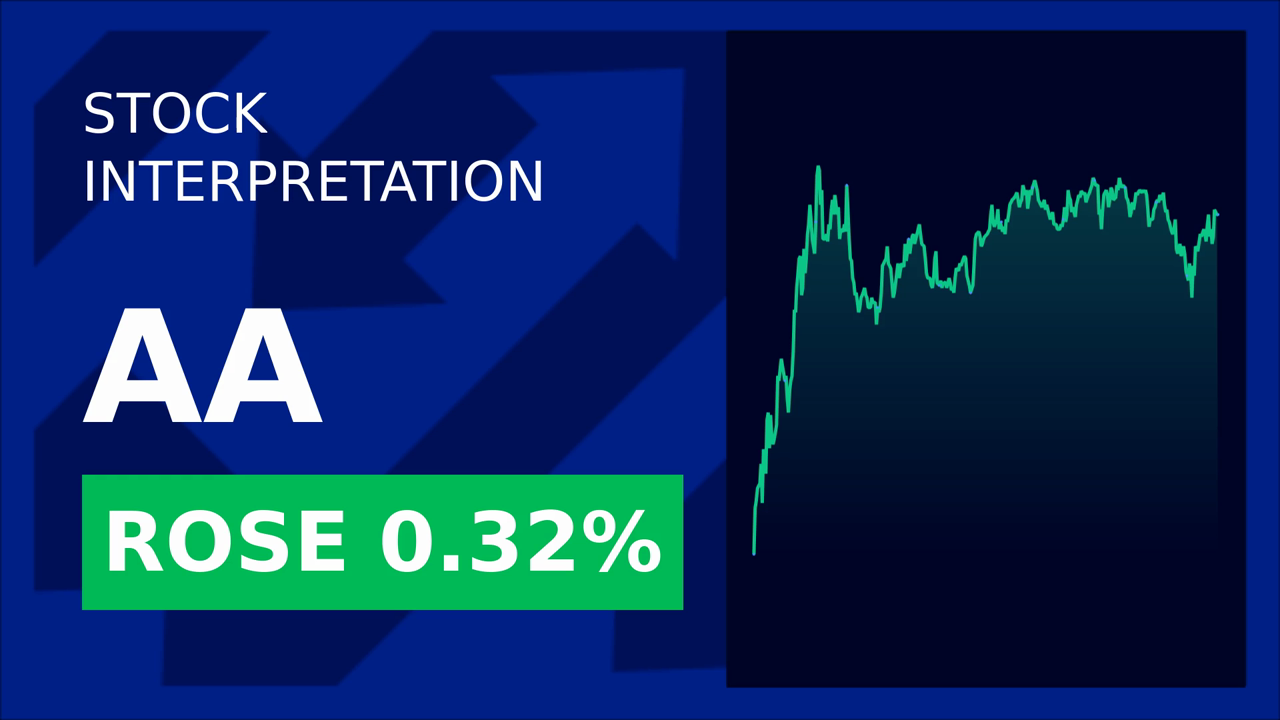Cocoa Prices Surge as Processing Volumes Exceed Forecasts Amid Supply Concerns
Cocoa futures have rallied sharply in early 2025, climbing to a five-week high above $9,400 per metric ton, as global cocoa processing volumes for Q1 2025 surpassed market expectations. This unexpected strength, driven by resilient demand in key regions and lingering supply constraints, has defied earlier projections of a demand slump. Investors are now recalibrating their outlooks, weighing whether this upswing marks a sustained reversal or a temporary blip in an otherwise supply-oversupplied market.

The Supply-Demand Tightrope
The International Cocoa Organization (ICCO) had forecast a 4.8% year-on-year decline in global grindings for the 2024/25 season, citing high prices and trade uncertainties. However, Q1 2025 data revealed a surprise: European and Asian cocoa processing volumes fell by 3.7% and 3.4% respectively, far smaller declines than the anticipated 5% drop. This resilience, coupled with supply-side pressures, has fueled optimism.
Supply factors are mixed but concerning:
- West Africa, the source of 70% of global cocoa, faces a 9% year-on-year drop in Ivory Coast’s mid-crop harvest to 400,000 metric tons, due to delayed rains and disease.
- Despite an ICCO-estimated 7.8% rise in global production to 4.84 million MT for 2024/25, the bulk of this growth is concentrated in the latter half of the season. The mid-crop shortfall has tightened near-term supplies, supporting prices.
- Inventories in U.S. ports, though rebounding to a 5¾-month high of 1.88 million bags, remain below historical averages, limiting their bearish impact.
Demand’s Defiance of Bearish Forecasts
The demand resilience is notable. European processors, despite record-high input costs, managed to avoid the steepest declines in over four years. Asian markets also held up better than feared, with Malaysia and Brazil defying expectations of sharper declines. This suggests that chocolate manufacturers have so far resisted the urge to slash production, instead opting for gradual cost pass-throughs and ingredient substitutions.
However, long-term risks linger:
- Cocoa’s demand elasticity is a wildcard. A 30% retail price hike proposed by companies like mondelez could deter consumers, especially in North America, where chocolate sales have already fallen by up to 6%.
- Reformulation risks loom large. Hershey’s shift to cheaper alternatives like palm oil to replace cocoa butter could permanently reduce grind requirements.
Geopolitical Crosswinds
Trade tensions are complicating the outlook. Escalating tariffs on cocoa products, particularly in Asia and North America, have forced companies like Barry Callebaut to cut sales guidance. Meanwhile, the EU’s Deforestation Regulation, which bans commodities linked to illegal forest clearance, could disrupt supply chains in West Africa unless producers meet sustainability benchmarks.
Conclusion: A Delicate Balance
Cocoa’s recent gains reflect a confluence of short-term factors: better-than-expected demand in Europe and Asia, mid-crop supply tightness, and lingering geopolitical risks. However, the ICCO’s surplus projection of 142,000 MT for 2024/25 underscores that oversupply remains a long-term risk.
Investors should monitor two critical variables:
1. West African Weather: El Niño’s impact on rainfall in Ghana and Ivory Coast will determine whether the 2024/25 surplus materializes.
2. Consumer Response: Whether North American and European buyers absorb price hikes or shift to cheaper snacks will dictate demand’s trajectory.
For now, the market’s focus remains on the $9,400/MT resistance level. A sustained breach could signal a return to the $12,000/MT highs seen in 2024, but without a resolution to supply bottlenecks or a demand collapse, volatility will persist. Investors betting on cocoa should pair their exposure with close scrutiny of grind data, weather patterns, and trade policy shifts.
In this precarious equilibrium, cocoa’s rally is as much about psychology as fundamentals—a testament to the industry’s reliance on the whims of West Africa’s climate and consumers’ wallets.

_b905d9341749265671656.jpg)







